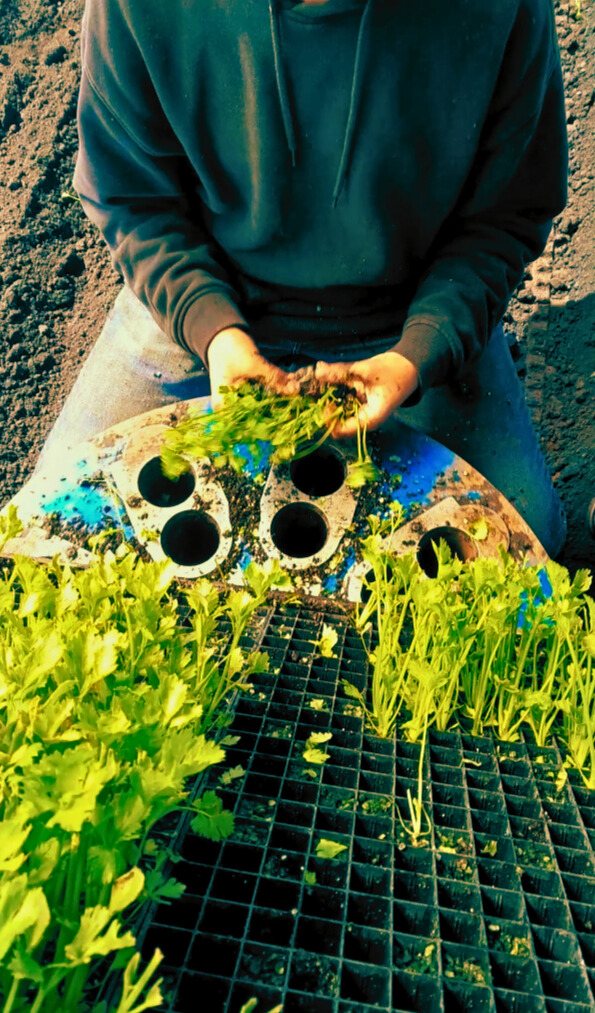
Planting
Planting celery is a unique process that carefully moves seedlings from seed flats to the ground, ensuring they take root for healthy growth.

From seed flat to the soil: The intricate process of celery planting
Planting celery seedlings isn't as simple as putting some plants in the ground. There is so much complex machinery and skill involved to make it happen. It all begins in the greenhouse; seedling flats are transported to the field scheduled for planting that day. Farms often use trucks modified with shelves to hold seedling flats securely during transport to the field and to maximize efficiency. Once the flats are taken to the field, they are loaded onto the celery planter.
Most celery planters require about six to seven people to run efficiently, but many planters are fully automated and require almost zero human labor. Four of the workers sit on seats and begin grabbing seedlings from flats placed in front of them (the number of workers varies, depending on what type of planter is being used). Just below where the flats are placed are rotating tables. Each table contains several cups that the employees toss the plants into as the table moves quickly. As the planter moves forward, each cup positions the seedling in a furrow, planting it at the correct depth.
Placing the plants in each cup quickly takes practice and precision. Without proper training or practice, workers may fail to fill each cup with a plant, resulting in noticeable gaps between plants in the soil. To address this, a worker is usually positioned to walk behind the very slow-moving planter, ready to fill gaps manually. They are also there to watch for malfunctions, such as plants not being placed properly or the planter encountering obstacles like pieces of wood. On many planters, an employee is tasked with replenishing the seed flats when they are used up.
In fully automated celery planting systems, robotic arms or conveyors load seedling flats onto the planter, reducing manual labor. GPS guidance ensures straight rows and consistent spacing, optimizing field use. Automated planting mechanisms adjust in real-time to plant at correct depths, minimizing seedling damage. Some systems also include integrated irrigation and fertilization, providing essential water and nutrients at planting. Sensors and cameras monitor seedling placement, making real-time adjustments to depth, spacing, and speed while alerting operators to issues like jams or low seedling counts. Planting is a rigorous process that depends on a hardworking team and specialized technical equipment.
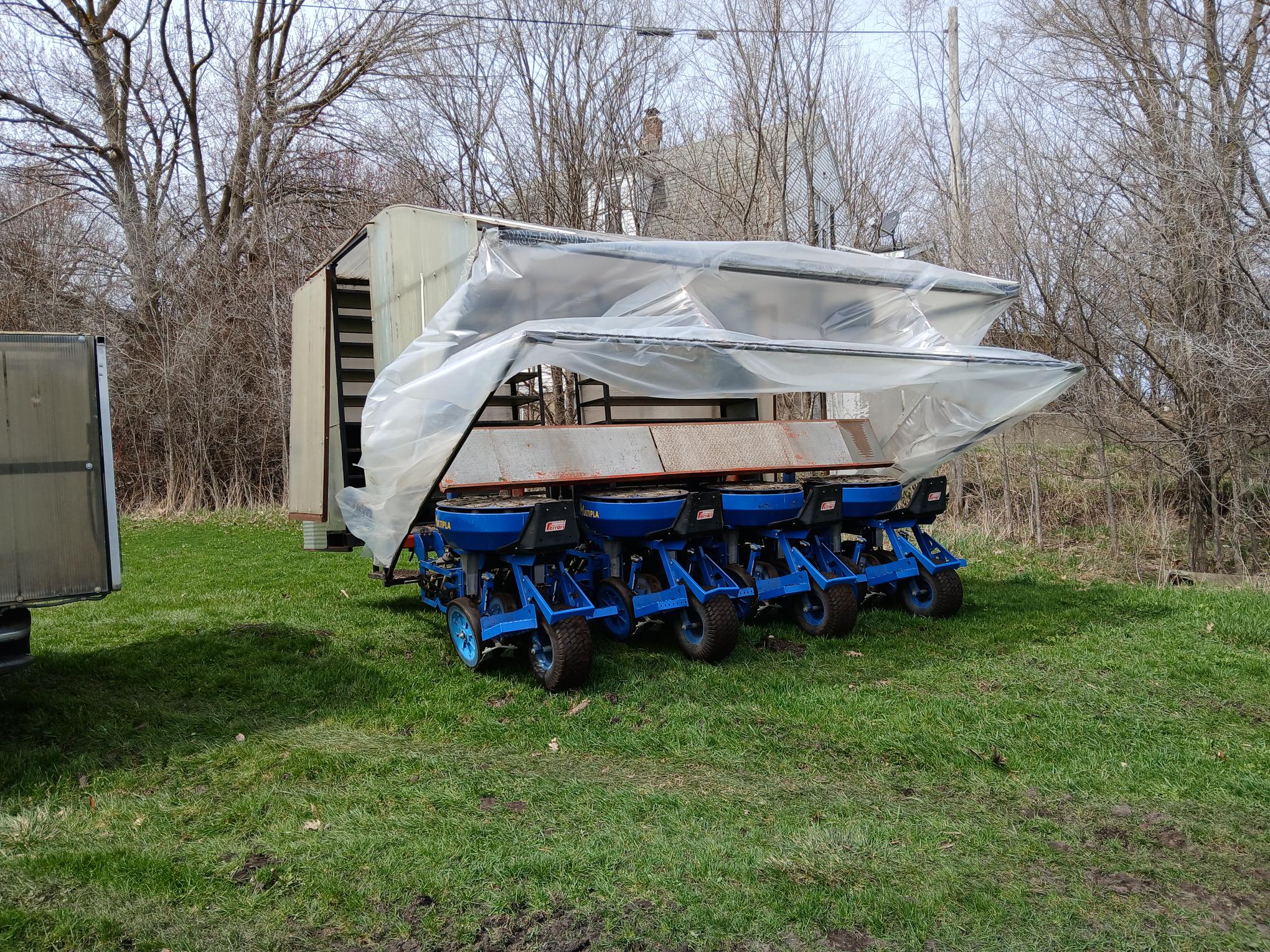
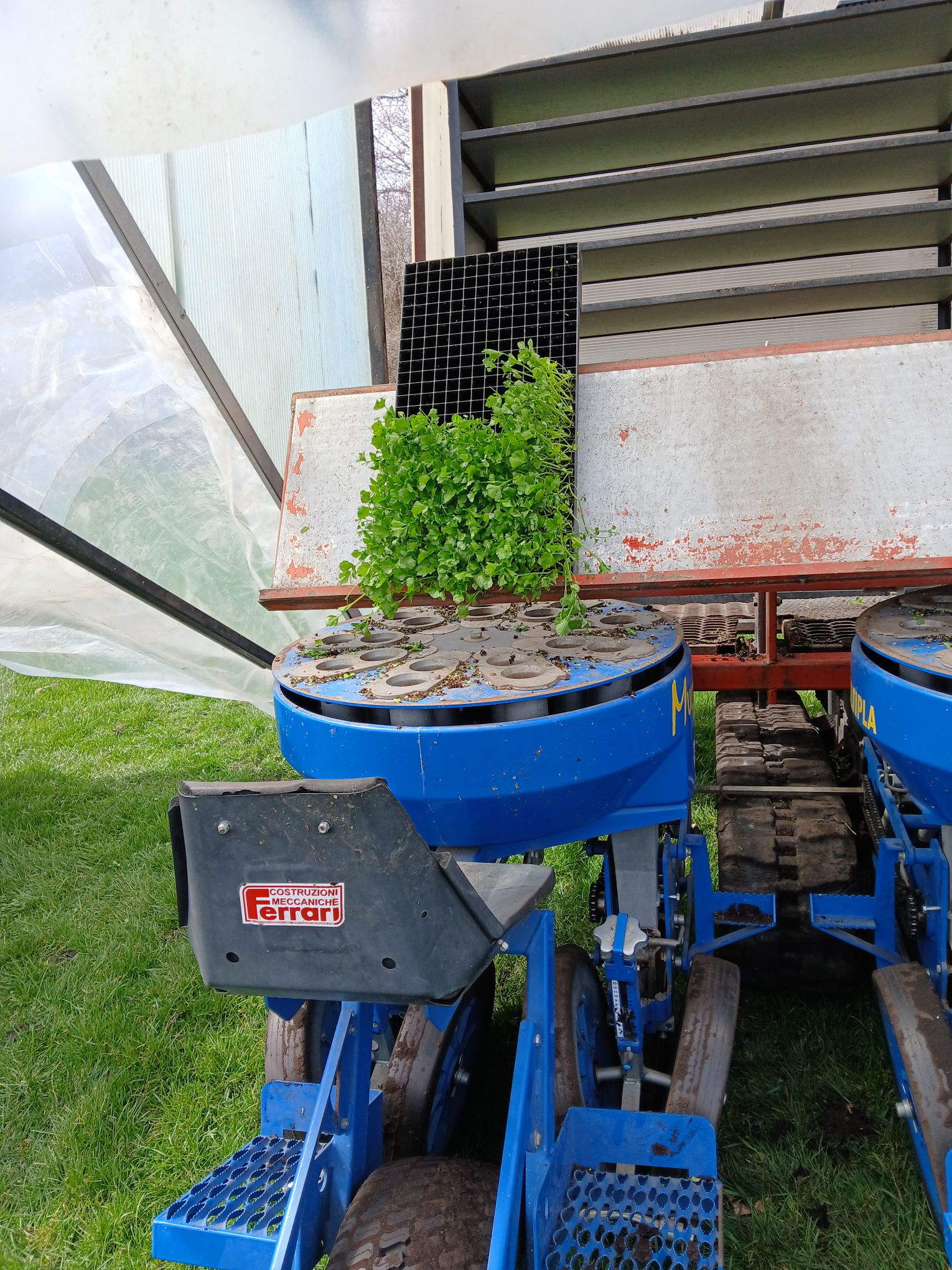
Fun Facts
- A fully automatic celery planter can cost hundreds of thousands of dollars due to all the complex mechanisms in the machine.
- A single acre of land can house up to 50,000 celery plants.
- In the 19th century, celery was considered an exotic luxury in America and was often displayed on dining tables in special "celery vases." It was costly and enjoyed mostly by the wealthy.
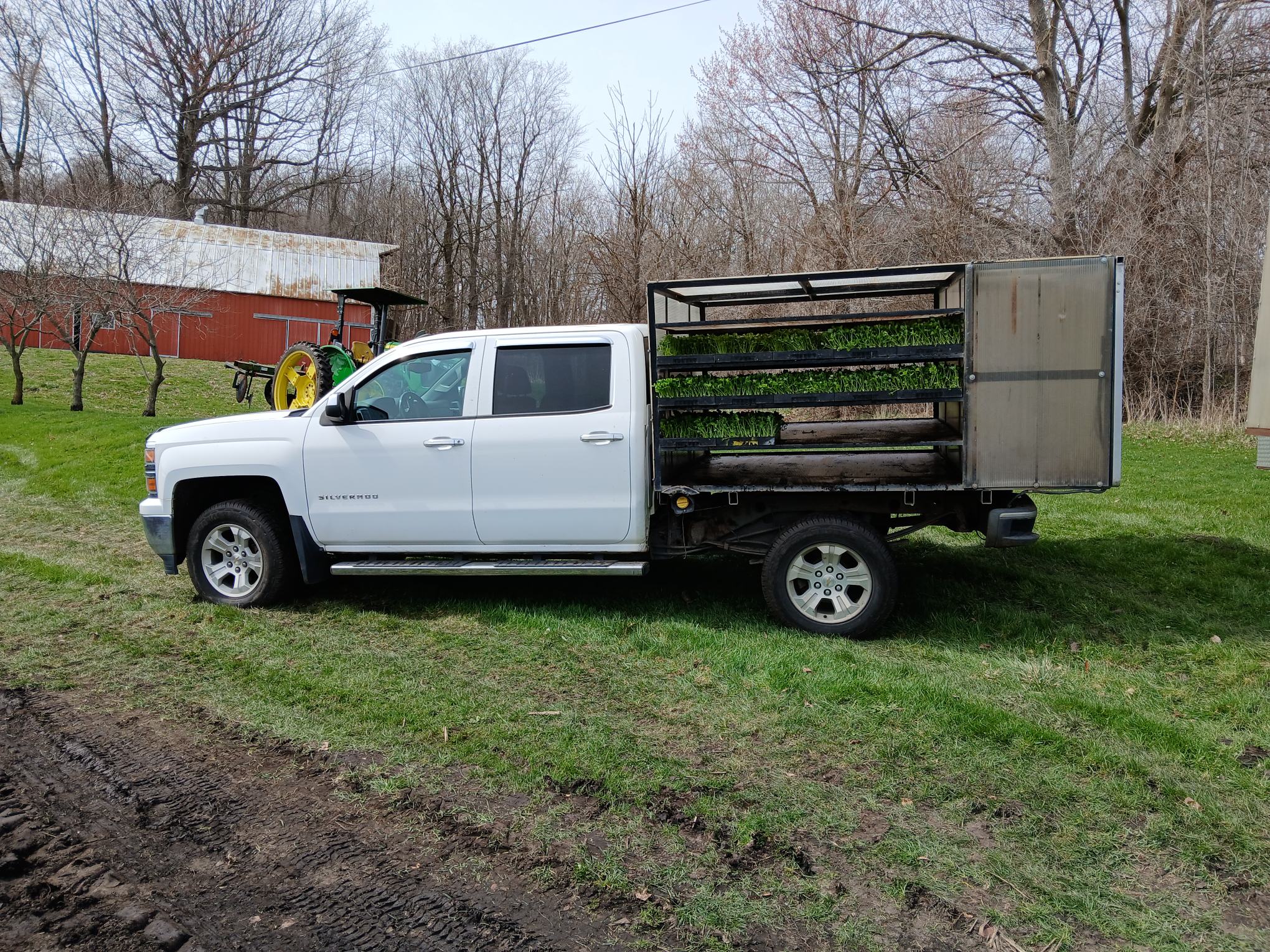
Related Links
-
Gardening Know How
Planting your own celery.
-
Commercial Celery Recomendations
Michigan State Universty on commercially grown celery.
-
Farmer's Almanac
Informational website on anything farming.
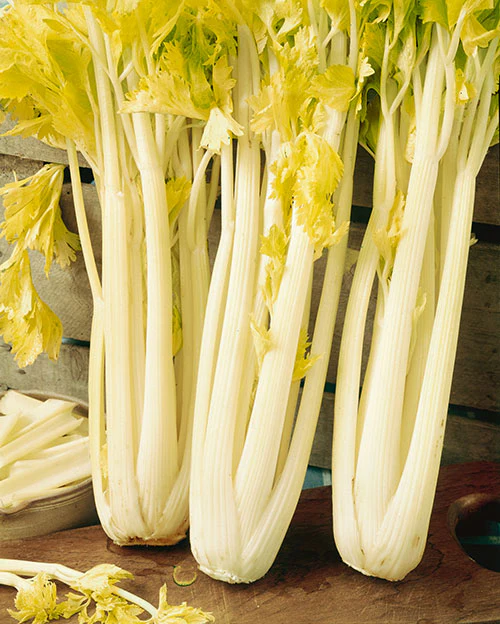
Plant Varieties
There are so many diverse kinds of celery. We'll dive into the most frequently used type, and some other interesting types.
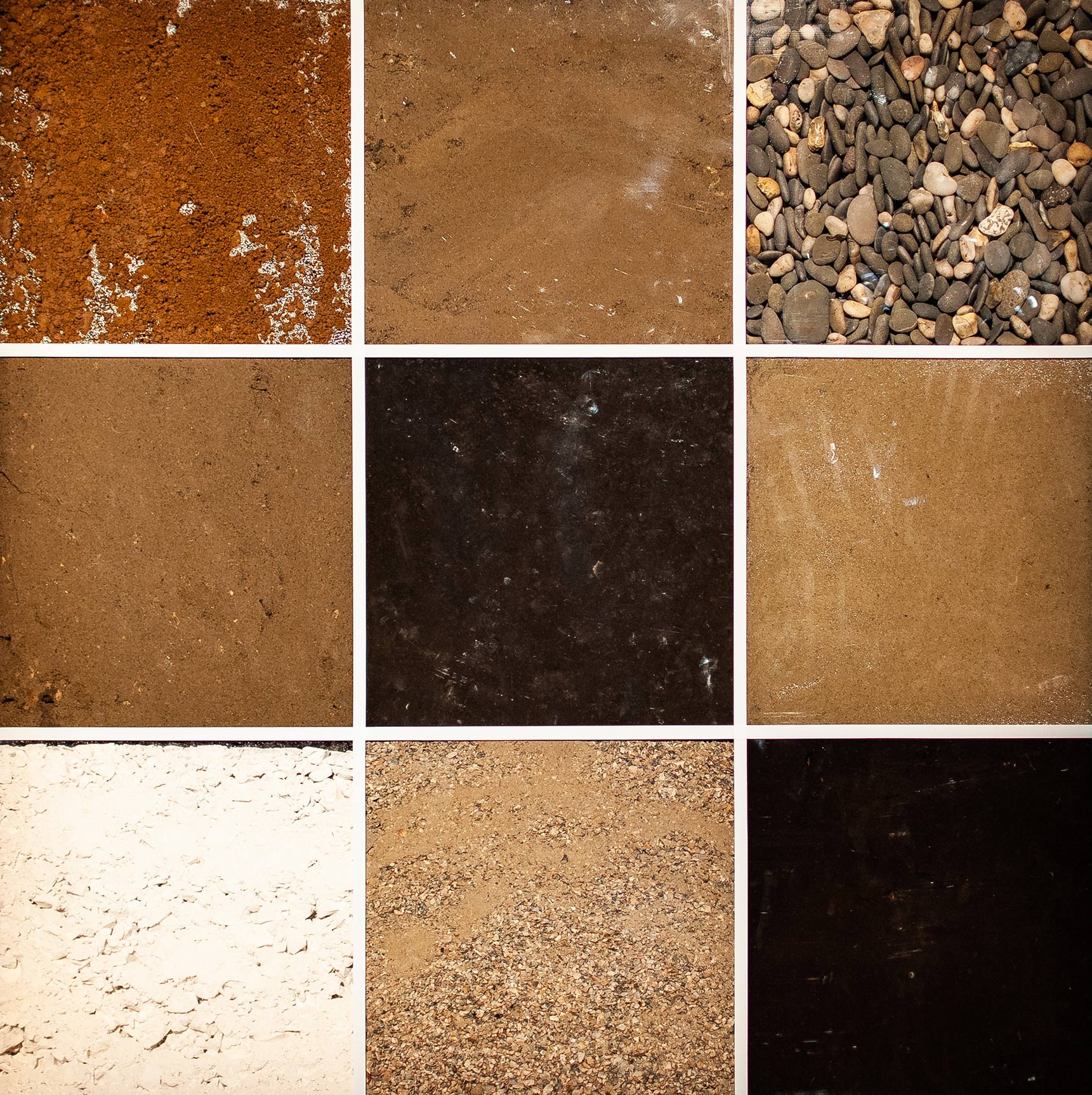
Soil Types
What is the ideal soil for growing celery? What is the most commonly used types of soil?

Climate & Growing Zones
Climate plays a very important role in celery farming. We'll get into which states grow the most celery, and what weather conditions are optimal for celery growth and